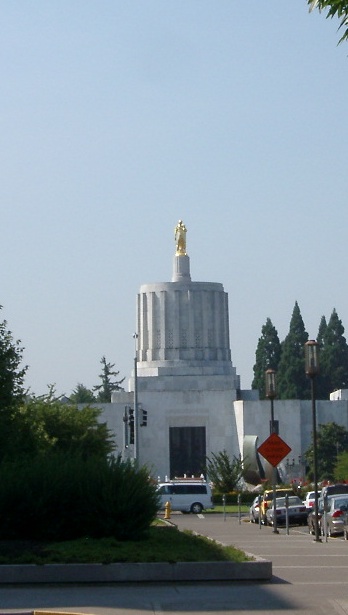Those mega-dairies have impacts way beyond what you might expect. This is from a letter in the Twin Falls Times News:
I live in Filer. We have only one public Laundromat. In the last two years, I have noticed two white-beige older vans sitting outside this Laundromat filled to the ceiling with duffel bags filled with towels and rags used on local dairies.
My concern, you ask? Simple. Why should our only public Laundromat in Filer be used for the dairies? When my own private washer and dryer went out of service to me, I tried to use the washers and dryers. They were in use from dawn to dusk. Then, from a sanitary point of view, they are not being sanitized or disinfected after each use.
My suggestion, you ask? Simple. With the cost of the washers and dryers at our coin Laundromat, why don't the dairies purchase this Laundromat and have another Laundromat built for the human residents of Filer and/or build their own on their property and give us back our Laundromat but only after a total sanitizing and disinfecting of the Laundromat we now have.
So let's hear again how the owners of dairy property have no impact on other people . . .



